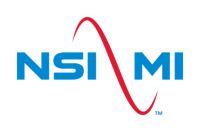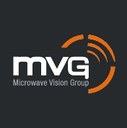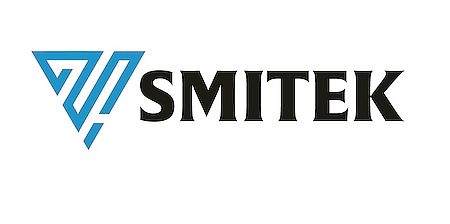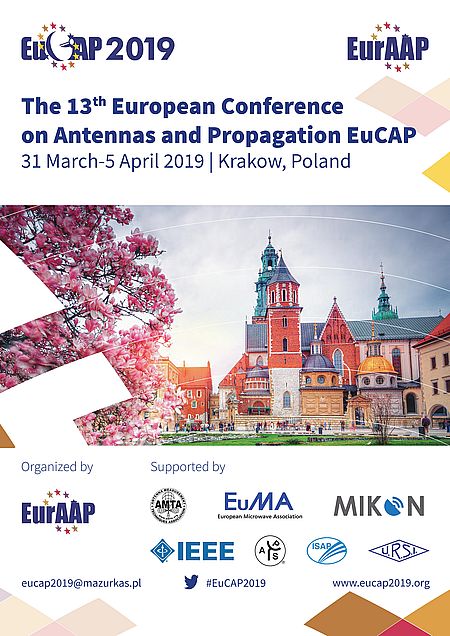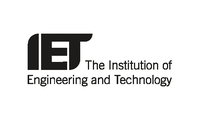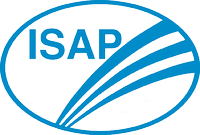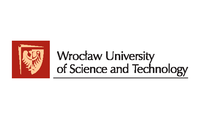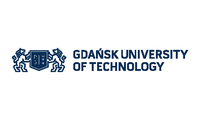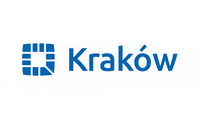Antennas for automotive applications
Biography
Montaha Bouezzeddine was born in Brih El Chouf, Lebanon. She received the Dipl.Eng. degree in networks and communication systems from the National Institute of Applied Sciences (INSA),Rennes, France, in 2012. She is currently pursuing a Ph.D. degree in electrical engineering at the University of Duisburg-Essen, Duisburg, Germany.
She has been a Research Engineer with the RheinMain University of Applied Sciences, Ruesselsheim, Germany, in the field of multi-port antenna systems for cognitive radio. She worked at Telit, Hamburg, Germany, where she was an RF hardware engineer, then she joined, in 2017, Kathrein Automotive, Rosenheim, Germany, as an antenna and RF engineer. She is currently working at Ford Motor company in Cologne, Germany, as a core engineer. She is a regular reviewer on IEEE transactions and EUCAP conferences. Her research interests include MIMO antennas, tunable and reconfigurable antennas, characteristic modes theory, radio navigation systems, adaptive tuning and digital control.
Ms. Bouezzeddine published many papers and was the recipient of the ESoA Best Student Paper Award at EUCAP2016 and other awards.
Abstract
The course will focus mainly on one industrial and practical application of antenna designs which is the automotive industry. Nowadays, the vehicles are much more than mechanics, especially with the emergence of Internet of Things IoT and the concept of connected cars. A primordial interest is allocated to the ever-increasing number of antennas, which need to be implemented in future cars. The aim of this course is to present the different wireless services, requirements and expected performances of antennas for vehicular applications. Basic and advanced concepts will be developed. Nowadays, expertise in antenna engineering and development is gaining more importance in the automotive industry. Many topics are of interest such as small omnidirectional and reconfigurable antennas, MIMO antennas, DSRC for V2V, GNSS antennas, antennas for IoT applications, and chassis modes... Getting familiar with the different challenges and requirements may allow engineers to develop their ideas and bring some practical solutions the industry.
Course Outline
The course will be a 3 hours presentation. It is aimed for PhD students and engineers who are willing to learn and have a better understanding about antennas for automotive applications. The course will outline the development and integration of antennas in vehicles in the last years and soon to be implemented ones. It will also cover the new trends such as millimeter-waves antennas. A special attention is given to antenna measurements for vehicular applications.
The preliminary plan is as follows:
I. Introduction and Outline (10 mins)
- Signals and their frequencies in vehicles
- Standards of different wireless services
II. Antenna Development for Vehicular Applications: Concepts, Challenges and Performance Evaluation
- Example designs of antennas for different applications in the automotive industry will be presented. Considerations regarding performances (radiation patterns, coupling and diversity ...), weight, materials, and aesthetics (imposing the size, visibility, and location on car) are highlighted. The antenna design must take into account EMC issues to avoid any degradation of the performance. (30 mins)
- A special attention is given for antennas in the context of connected cars and V2X communications (DSRC, Bluetooth, WiFi, navigation and satellite antennas, Telephone) (15 mins)
- Antenna diversity with MIMO and beam-forming functions to overcome obstructions, increase data rate and cover different polarizations for 5G (10 mins)
- Antenna pattern measurements APM and OTA testing and the associated challenges over different frequency ranges are illustrated (20 mins)
III. Antennas for self-driving cars with illustration of many scenarios (1 hour)
Levels of cars autonomy and what they mean in terms of antenna requirements and performances (High autonomy levels having more stringent requirement compared to low autonomy levels)
- 5G as a must for autonomous cars
- From passive antennas to active adaptive antennas
- Extension to frequencies above 6 GHz and communications for fast-moving vehicles
- Possible cases which need to be thought of (NLOS, big trucks obstructing signals,...) (videos)
- Overview of industrial design process, safety issues, autonomous vehicles market
• Other required technologies for self-driving cars
- RADARS (and LIDARS) used with the adaptive control cruise and for collision avoidance, phased antenna arrays
IV. Future trends and conclusions: (10 mins)
- IoT and artificial intelligence AI
- Frequency bands and standardization
Discussion and Questions (15 mins)


